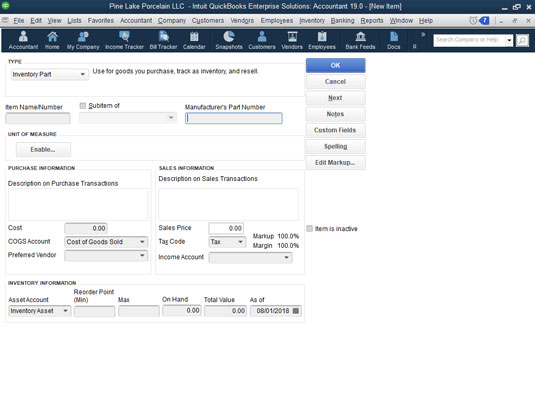

- #Download node.js for mac how to#
- #Download node.js for mac install#
- #Download node.js for mac software#
If then # export NVM_DIR="$([ -z "$/nvm")" export NVM_DIR= " $HOME/.nvm " # This loads nvm
#Download node.js for mac install#
This will install the nvm script to your user account. The URL you use will change depending on the latest version of nvm, but as of right now, the script can be downloaded and executed by typing: When you are satisfied, run the command again with | bash appended at the end. Take a look and make sure you are comfortable with the changes it is making. You can do that by removing the | bash segment at the end of the curl command: This will get you the most recent version of the installation script.īefore piping the command through to bash, it is always a good idea to audit the script to make sure it isn’t doing anything you don’t agree with.

Copy the curl command from the README file that displays on the main page. To install NVM on your Ubuntu 16.04 machine, visit the project’s GitHub page.
#Download node.js for mac software#
This piece of software allows you to install and maintain many different independent versions of Node.js, and their associated Node packages, at the same time. Option 3 - Installing Node Using the Node Version ManagerĪnother way of installing Node.js that is particularly flexible is to use nvm, the Node Version Manager.
#Download node.js for mac how to#
The next section will show how to use the Node Version Manager to install and manage multiple versions of Node.js. The NodeSource nodejs package contains both the node binary and npm, so you don’t need to install npm separately.Īt this point you have successfully installed Node.js and npm using apt and the NodeSource PPA. Verify that you’ve installed the new version by running node with the -v version flag: You can now install the Node.js package in the same way you did in the previous section: The PPA will be added to your configuration and your local package cache will be updated automatically. When you are satisfied that the script is safe to run, exit your editor, then run the script with sudo: Inspect the contents of the downloaded script with nano (or your preferred text editor): Refer to the NodeSource documentation for more information on the available versions. From your home directory, use curl to retrieve the installation script for your preferred version, making sure to replace 16.x with your preferred version string (if different).

Node.js v12, v14, and v16 are available as of the time of writing.įirst, we will install the PPA in order to get access to its packages. These PPAs have more versions of Node.js available than the official Ubuntu repositories. To install a different version of Node.js, you can use a PPA (personal package archive) maintained by NodeSource. Option 2 - Installing Node.js with Apt Using a NodeSource PPA The next section will show how to use an alternate repository to install different versions of Node.js. This will allow you to install modules and packages to use with Node.js.Īt this point you have successfully installed Node.js and npm using apt-get and the default Ubuntu software repositories. You can do this by installing the npm package with apt: In most cases, you’ll also want to also install npm, the Node.js package manager. If the package in the repositories suits your needs, this is all you need to do to get set up with Node.js. Refresh your local package index first by typing:Ĭheck that the install was successful by querying node for its version number: To get this version, you can use the apt-get package manager. You should not use this version, and should refer to one of the other sections in this tutorial to install a more recent version of Node. Warning: the version of Node.js included with Ubuntu 16.04, version 4.2.6 is now unsupported and unmaintained. Option 1 - Installing Node.js with Apt from the Default Repositories You can learn how to do this by following the Ubuntu 16.04 initial server setup tutorial. Before you begin, you should have a non- root user account with sudo privileges set up on your system. This guide assumes that you are using Ubuntu 16.04. If you are actively developing Node applications and need to switch between node versions frequently, choose the nvm method. If you need specific newer (or legacy) versions of Node, you should use the PPA repository.


 0 kommentar(er)
0 kommentar(er)
